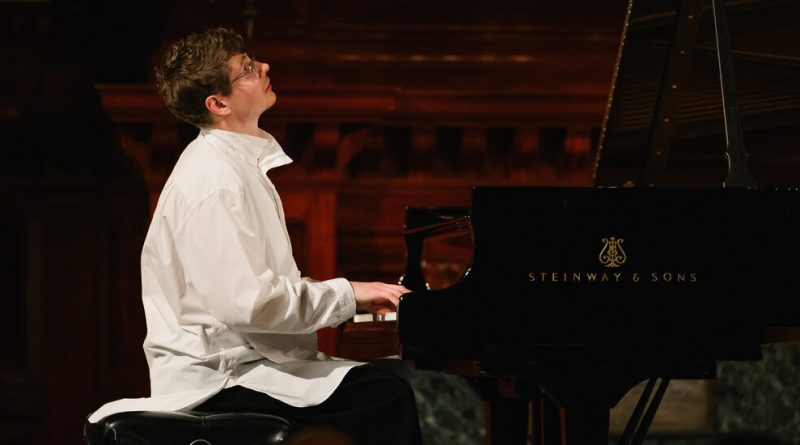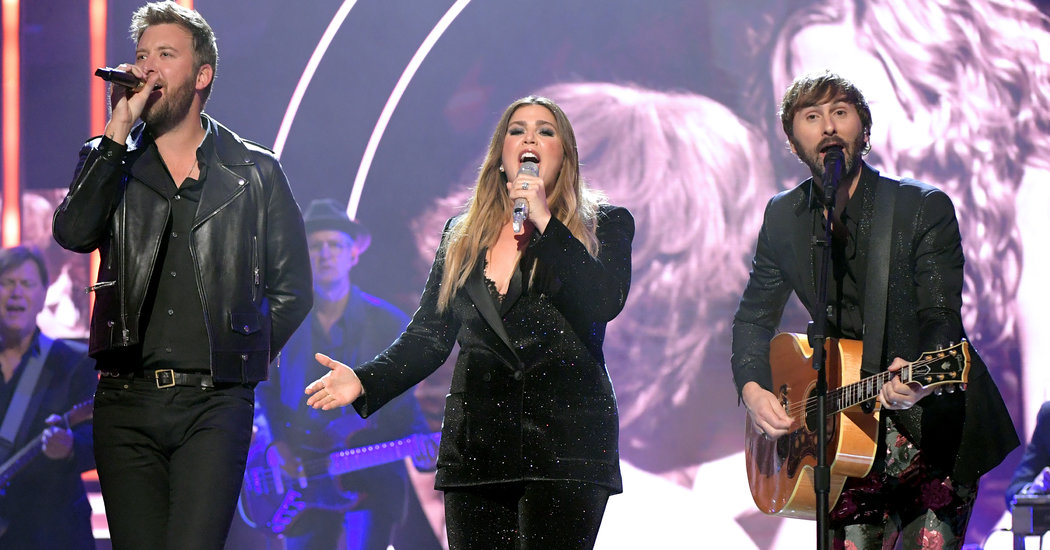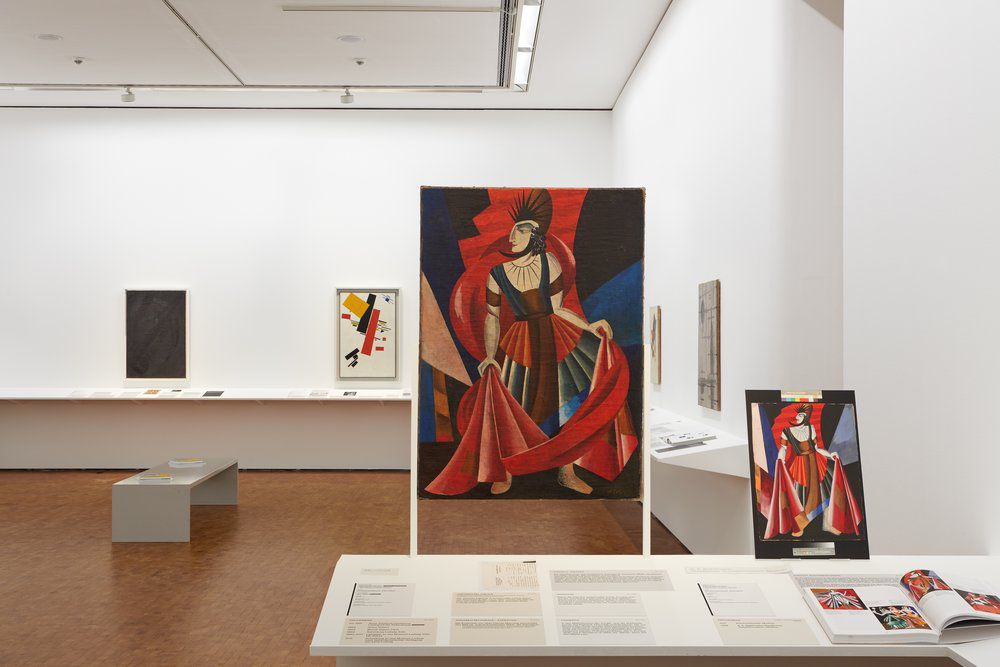The Pianist Pavel Kolesnikov Makes a Rare Visit to New York
Few pieces in the piano repertoire are as revealing of a performer as Bach’s “Goldberg” Variations. With few indications of tempo or articulation, they force constant interpretation. It’s hard to think of a better personality test.
Except, perhaps, programming. A pianist’s choice of what to play can be more illuminating than the performance itself. A recital might focus on a single composer or group together a few sonatas; but there’s also another route, more conceptual, of compiling something more akin to a playlist.
Over two evenings at the Park Avenue Armory in Manhattan this week, the pianist Pavel Kolesnikov shared his artistry with both routes, with one concert devoted to the “Goldbergs” and the other a moodily nocturnal collage inspired by Joseph Cornell’s assemblage “Celestial Navigation.”
Kolesnikov, a Russian-born pianist who lives in England, is at 34 already a stalwart of the London music scene. He has recorded the “Goldbergs” and performed them alongside the choreographer-performer Anne Teresa De Keersmaeker. But he has been virtually absent from New York’s stages.
He shouldn’t be. His two Armory recitals exhibited pianism of poetic freedom, assured interpretive choices and a D.J.’s ear for subtle musical connections.
His Bach was boldly argued — the kind of performance that invites disagreement but is defended so persuasively, even detractors can’t help but appreciate it. His take on the “Goldbergs,” an Aria followed by 30 variations and a return to the original theme, was openly personal, the score more like a coloring-book outline filled in with a palette of Kolesnikov’s creation.
In Bach’s mathematical construction, the 32 movements are mirrored in the Aria’s 32 measures, which are split into two 16-bar passages that are both repeated — a structure that recurs throughout. Like most pianists, Kolesnikov approached the first run of each passage straightforwardly, with a clarity that rendered the score’s precise architecture in vivid detail.
On the repeat, however, he seemed to put that structure through a stress test. Near-constant pedalwork shaded phrases with anachronistic nuance. One variation might bleed into another, such as the closing G of the Fifth being held into the first measure of the Sixth, which starts with the same note; the Quodlibet variation emerged from a haze of sustained, hammered chords at the end of the 29th.
This was a reading of the “Goldbergs” too modern for purists of historically informed performance, yet also far from the slack indulgence of Lang Lang’s divisive recording. I didn’t remember, until I returned to my notes for Kolesnikov’s second recital, that I had described his treatment of the Aria’s return as Chopinesque — which turned out to be just the word to describe his program “Celestial Navigation (After Joseph Cornell).”
Cornell’s sculptural assemblage — a muted evocation of how humans have made sense of the night sky, with references to mythology and science — doesn’t exactly lend itself to musical translation in the way that, say, a synesthetic painting by Kandinsky would. But Kolesnikov’s program is cleverly similar in its juxtapositions, unlikely pairings united not in aesthetic or time but in something loftier.
It’s always refreshing to see musicians interacting with other mediums, and for Kolesnikov this isn’t even a first: He has also put together a recital inspired by Proust. As a conceptual thinker he resembles the pianist Vikingur Olafsson. But while Olafsson approaches programming like an essayist laying out a constellatory argument, Kolesnikov cultivates a mood. His performance at the Armory was a gathering of congenial poets.
At the heart of the evening was a trio of suites that followed a basic construction: a Messiaen piano solo, a Chopin Nocturne and a fragmentary reprise of the Messiaen. Surrounding those were a Pavane by Louis Couperin (not the more famous François); Ravel’s “Une Barque sur l’Océan”; and Thomas Adès’s Dowland-inspired “Darknesse Visible.” Then, in the second half, Kolesnikov closed with Schubert’s D. 935 Impromptus.
Covering nearly 350 years of music history, these pieces couldn’t possibly belong to the same sound world. But Kolesnikov nudged them as closely together as possible — again applying modern pedalwork to the Baroque, and using Chopin as a stylistic anchor. The result was often disorienting; Messiaen’s colors shone more brightly, and Schubert leaned with blunter emotions toward the Romantic.
Kolesnikov’s blanket dreaminess lent a memory-like remove even to passages of storminess and, in one of the Chopin Nocturnes, a moment of “I could have danced all night” bliss. These were idiosyncratic interpretations in service of a greater whole.
As in the “Goldbergs,” some of this could be seen as sacrilege. Maybe. What is inarguable, though, is that given two opportunities to reveal himself to New York, Kolesnikov came out and declared what kind of pianist he is: entirely, confidently, eloquently himself.



